Your child is often sick, and you do not know how to deal with it then be sure to read our article. From it you will learn how to cope with this problem with the help of properly selected respiratory gymnastics.
Contents
- The objectives of respiratory gymnastics for children
- Types of respiratory gymnastics for children
- Respiratory gymnastics AN Strelnikova
- Respiratory gymnastics for children for a nose
- Respiratory gymnastics for children with adenoids
- Respiratory gymnastics for children with bronchitis
- Respiratory gymnastics for children with bronchialasthma
- Respiratory gymnastics for children with stuttering
- Respiratory exercises for children with speech disorders
- Video: Respiratory gymnastics. Showing exercises with the child
- Respiratory gymnastics are exercises of curative and restorative nature that are prescribed for children who are often ill with colds and who have problems with speech. Gymnastics can be used as a supplement to medical and physiotherapy treatment or as an effective preventive measure that does not allow a child to often get sick.
- . If you can teach your child to do special exercises, it can not only breathe correctly, but also strengthens the muscles of the chest well enough. Subsequently, this will lead to the fact that the proper amount of air will enter the respiratory system, which will purify the lungs of carbon dioxide
- And if you take into account that some toxic substances go out from the human body with a deep exhalation, such exercises will also promote health, andimproving the immunity
The objectives of respiratory gymnastics for children
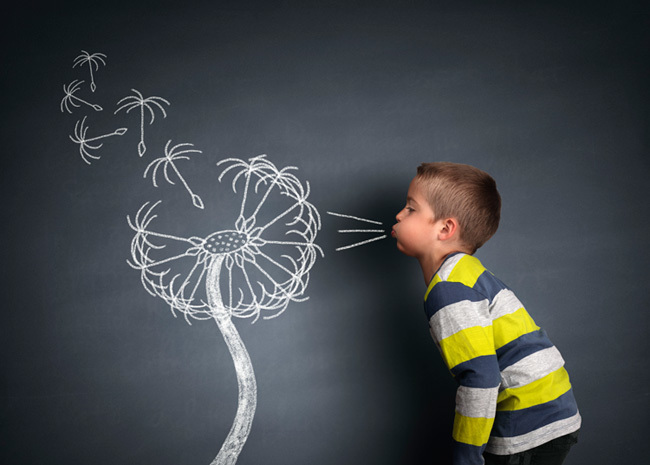 Respiratory exercises contribute to improving the immunity
Respiratory exercises contribute to improving the immunity - Sometimes parents can not understand why their child is so often sick. It would seem that he eats properly, walks a lot, lives in good conditions, but colds with regular envy precipitate his body.
- . To parents' great regret, not always sterility and proper care help prevent the appearance of diseases. After all, the smaller the child, the worse its respiratory system is developed.
- . Little babies have rather narrow lumens in the bronchi and a very delicate mucous membrane. Most often these two factors are the reason that children develop bronchitis, tracheitis and asthma. And if you do not try to accelerate the development of the respiratory system, then in time a small person may also develop speech disorders
The main purposes of breathing exercises:
• Teach children to listen to their breathing
• Strengthen the muscles of the nasopharynx and upper respiratory tract
• Saturate the body with oxygen
• Improve the brain, nerves and heart of the child
• Strengthen the abdominal muscles
Types of respiratory gymnastics for children
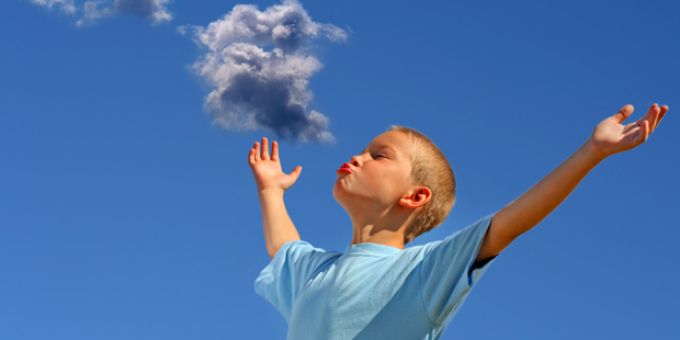 Statutory respiratory gymnastics
Statutory respiratory gymnastics If you have decided to engage seriously in the health of your baby, then try to find an expert who will help you choose an individual set of exercises. After all, as breathing exercises are an auxiliary tool for the treatment of a particular disease, it is very important that they help to reduce manifestations of pathology, rather than strengthen them.
Especially attentively to the selection of exercises you need to approach mothers, whose children suffer from asthma. An incorrectly selected complex can provoke an asthmatic attack and complicate the course of the disease. Therefore, before you start doing any exercises, always consult your pediatrician.
Types of respiratory gymnastics:
• Statistical. Promotes total relaxation and calming of the baby
• Dynamic. Teaches children to breathe properly while driving
• Special. Requires the use of drains, so it must be performed in the presence of a specialist
Respiratory gymnastics AN Strelnikova
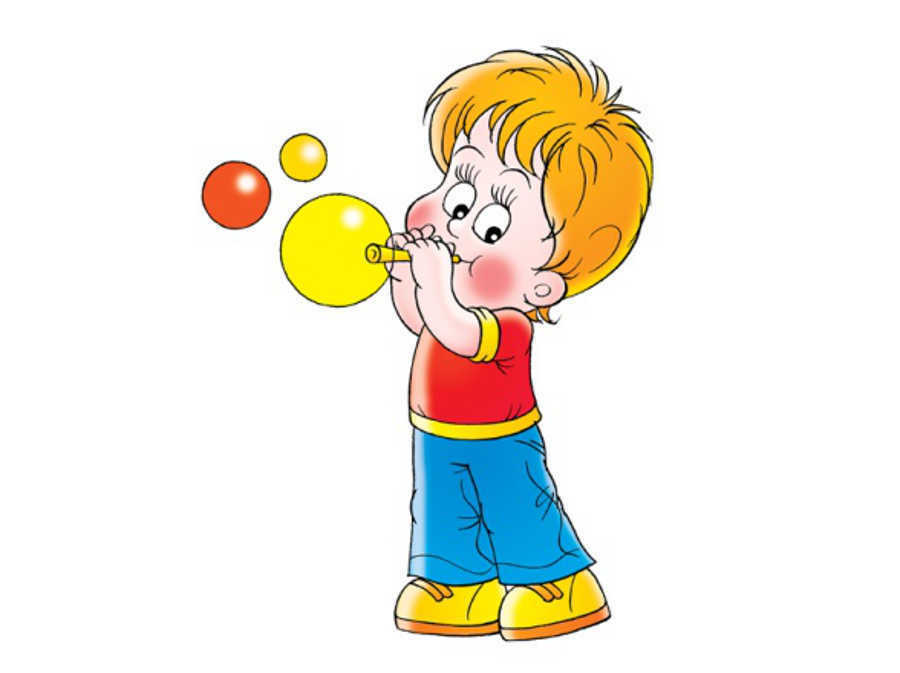 Respiratory gymnastics Strelnikova for children
Respiratory gymnastics Strelnikova for children Initially breathing exercises by Alexander Strelnikov developed for people who professionally engage in singing. They helped people learn how to breathe properly, and some even recovered their lost voice.
Over time, people who regularly used these exercises began to notice that they affect the whole organism quite well. Based on these data, Strelnikova improved her system so that, she helped not only the singers, but also ordinary people.
Positive qualities of gymnastics Strelnikova:
• Helps to stop sharp attacks of asphyxiation
• Eliminates headaches
• Helps to concentrate attention
• Improves brain activity
• Raises the body's defenses
Basic exercises:
• Palms. Bend your hands in the elbows and unfold your arms in such a way that your hands are facing away from the face. Begin to compress your hands into fists and simultaneously with this movement make as deep as possible deep breaths. Repeat the exercises at least 20 times
• Chutes. Become straight, hold hands at the level of the waist, palms squeeze into fists. Take a deep breath, during which sharply align your hands and spread your fingers as much as possible. Make sure that during the inhalation, the shoulder and hand are tight enough. Do 8-10 repetitions of the
. • Pump. Stand or sit so that you feel comfortable. Take a deep breath and start to slowly bend over. Leaning against the stop, start also slowly return to the starting position. Repeat exercise 5-8 times
Respiratory gymnastics for children for the nose
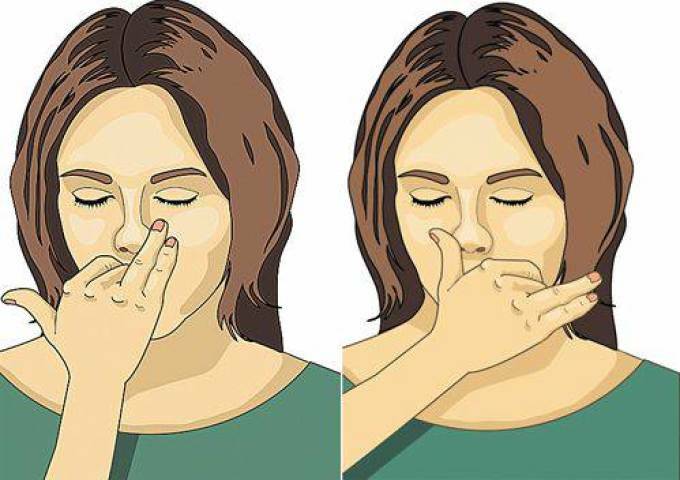 Respiratory exercises for children for the nose
Respiratory exercises for children for the nose To our great regret, our children are constantly exposed to negative environmental influences. Exhausts of cars, city smog, and low-quality water almost from birth, little by little reduce the immunity of a small man. The first sign that something is wrong with the baby's body is the frequent seasonal respiratory diseases.
The most common manifestation of such pathologies, of course, is the common cold. And if at first it is possible to cope with this problem quite quickly, then over time the body gets used to medical treatment and the runny nose does not go through weeks. In this case, the standard therapy must necessarily include respiratory gymnastics.
So:
• Close your mouth, pinch one nostril with your finger. And take a few breaths of exhalations. Repeat the exercise 5-6 times. Do the same manipulations with the next nostrils
• Be as flat as possible and begin to take deep breaths of one nostril, and exhale the second. Do 8-10 repetitions of
• Fully clamp your nose with your fingers and start slowly counting to 10. In the end, release the nostrils and take a deep breath and exhale. Repeat exercise 10 times
Respiratory gymnastics for children with adenoids
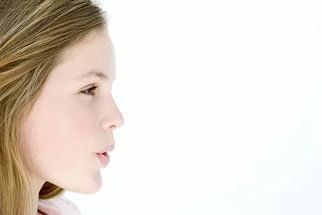 Respiratory exercises for children with adenoids
Respiratory exercises for children with adenoids • Adenoids are pathological changes in the pharyngeal tonsils enlarged to such a size that they impede the breathing of the child. Although it is believed that their increase occurs solely against the background of measles, scarlet fever or diphtheria, in some cases, even banal flu
may provoke such a problem. • Previously, medicine struggled with this problem quite drastically, enlarged tonsils simply were surgically removed. But sometimes such operations did not go well and the adenoids grew back quickly enough, while increasing to even more threatening sizes of
• So now doctors resort to this method of treatment only in extreme cases and try to fight the pathology with medicinal preparations and physiotherapy procedures. In addition, such babies must be prescribed respiratory gymnastics
Gymnastics for adenoids:
• Hedgehog. Ask your baby to breathe out a short breath. The actions of the child should resemble the movement of the nose of the hedgehog, which sniffs at the food. If the kid can not understand what you want from him, then show him how to breathe on his example
• Crane. We put our hands on the clavicles, we take a deep breath and at the same time we begin to pull our arms up. It is necessary to drag until the legs are on the tiptoes
• Balloon. The child should breathe in such a way that his tummy puffs up like a ball. After inhalation have to hold your breath for a second and you can begin to exhale slowly
Breathing exercises for children with bronchitis
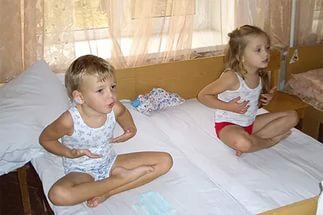 Breathing exercises for children with bronchitis
Breathing exercises for children with bronchitis Bronchitis is quite a serious disease in which the developing stagnant processes in the upper airways. In the bronchi begins a fairly strong inflammatory process, against which all lumens are forgotten by infected mucus. It is this mucus that is the cause of a fairly strong and unproductive cough.
To facilitate the condition of the baby, parents have to give him drugs that help to thin the sputum and stimulate her out. But since it is difficult for small children to cough up phlegm, it will be better if you try to stimulate this process with special respiratory gymnastics.
Exercises to help get rid of bronchitis:
• Crow. Put the child on the chair in the most comfortable position. On inhalation, the toddler should raise his hands up and spread them to the sides. At the end of the exercise, namely, on expiration, the child should clearly pronounce "K-ah-rr!"
• Stork .A small person should take a standing position and on inhalation start lifting his arms up and bending one leg in the knee. On expiration, the baby's arms and legs return to their original position
• Crane. On inhalation, the toddler maximally raises his arms above his head, and exhales them along the body as he exhales. Ends exercise should fairly loud sound, "Oo-oo-oo!»
Breathing exercises for children with asthma
 Breathing exercises for children with bronchial ATCM
Breathing exercises for children with bronchial ATCM appearance of asthma in children is almost always provoke allergens, which significantly irritate the bronchial mucosa. Therefore, in some cases, in order for a child to recover sufficiently simply to identify and eliminate the source of irritation.
But if the baby's respiratory system is developed very poorly, then such measures will not be enough. In this case it is necessary to resort to medical treatment and to strengthen its action by respiratory gymnastics.
Exercises in bronchial asthma:
• The child should be doing extended and stepped-elongated exhale
• At the end of the exercise it is necessary to say shivering and hissing letters
alphabet • Gymnastics must end breath holding at expiration
• Deep breathing should be accompanied by exercises that stimulate muscle strengtheningchest
Respiratory gymnastics for children with stuttering
 Physiotherapy for children with stuttering
Physiotherapy for children with stuttering Stammering refers to articular diseasesof the device and often this condition is caused by excessive convulsive speech organs. The first manifestations of pathogens can be seen at the age of 3 years. At first, the baby can just stop for a short while in a half-word, and then slowly continue to talk further.
Over time, pathology becomes more complicated and it becomes difficult for a child to pronounce certain sounds. Since with stuttering the diaphragm does not work properly, it is necessary to start the treatment of the problem with it. After the child learns to breathe correctly, it will be easy for him to pronounce absolutely all letters and words.
Gymnastics with stuttering:
• Fold your lips with a tube as if you are about to say the "oh" sound
• The tongue should also be poked out and folded with the
tube • Begin slowly draw in air, gradually filling it with light and inflating the stomach
• When you understand what to breathecan not, hang your head down and hold the breath
• Count up to five raise your head and exhale slowly
Respiratory gymnastics for children with speech disorders 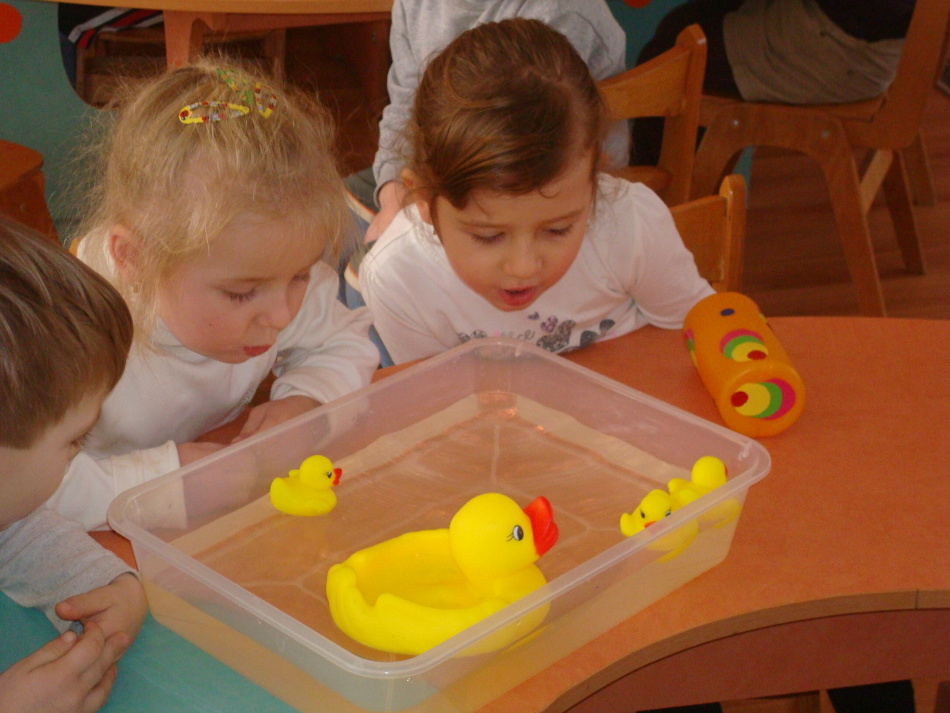
Speech function is formed in the baby as the babymatures. And the older a small person becomes, the more distinct and conscious becomes his speech. But if negative factors influence the development of this function, this leads to the appearance of various speech pathologies. Most often, small children have problems with sound reproduction, rhythm and speech tempo.
Gymnastics that help fight and speech impairment in children:
• Let the baby regularly inflate the air balloon
• If desired, the ball can be replaced with a rubber toy( the material from which it is made should be as flexible and thin as possible)
• Fill the pelvis with water, lowerin it a few small toys and ask your child to try to move them from their seats with their breath
